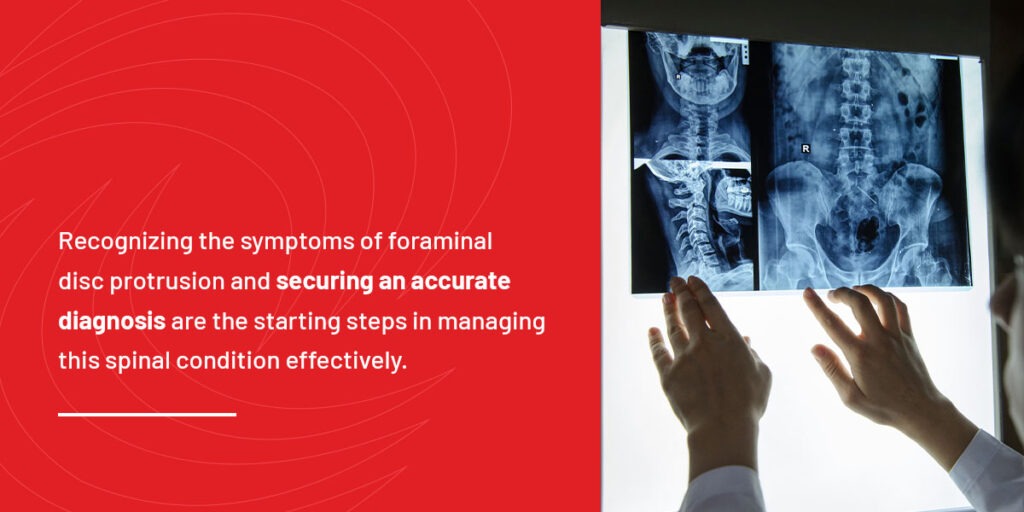
This group of diseases is characterized by damage to the interstitium - connective tissue cells. This pathology contains inexplicable mysteries. Its danger, in addition to the inflammation itself, is based on the hidden form of its occurrence. It can be detected by tests such as a biopsy, computed tomography (CT) scan, or radiography. Scientists are still at a loss and are still speculating about what caused it. Most professionals are inclined to buy acticlate pills online that its appearance is caused by an allergy or infection.
Interstitial pneumonia occurs for a reason. A nonspecific type of pathology. Nonspecific interstitial pneumonia (NIP) is a separate nosological form that develops slowly but surely. This pathology is accompanied by symptoms, and before doctors make a correct diagnosis, it may take 2 years or even more. People in the age range of 40-50 years are at risk of contracting this unpleasant disease. Many people associate NSAIDs with smoking, but this is completely misleading. The pathology is characterized by slowly increasing shortness of breath and cough. These symptoms may persist for many months or even years.
Patients are weak, they cannot exercise for a long time, they complain of weight loss. More than half of those infected noted a decrease in body weight of at least 6 kg.
Diagnostic measures are fraught with difficulties because symptoms can fluctuate for a long time. It is rare to observe an increase in body temperature. If this pathology is suspected, an x-ray should be taken. Doctors reassure the patient with a favorable prognosis.
Stumbling upon a person with desquamative pneumonia is an accident, because such a disease is rare. It most often affects adults with a long history of smoking. In 90 percent of cases, patients smoke, and therefore their tendency to develop this disease is more pronounced. More often, men aged 30-40 years suffer from this disease. In children, it actively develops after suffering from pneumonia. An insidious disease takes away strength, develops slowly, secretly and so unnoticed. There is severe malaise, which can be explained by the negative consequences of smoking.

Any other lung disease can masquerade as pneumonia. If you have even the slightest doubt, do not hesitate to visit a doctor. The main CT sign of any pulmonary inflammation is a decrease in the degree of airiness of the lung tissue due to the filling of the respiratory sections with exudate. Pneumonic infiltration is characterized by unclear contours of compacted zones.
Pathological changes in the blood. If you suspect pneumonia, you need to take a blood test, in which the number of leukocytes is counted and the leukocyte formula is established. If pneumonia in a child slowly develops into a chronic form, then an increase in red blood cells is guaranteed. This occurs as a result of dehydration.
If you are a carrier of pneumonia, your white blood cell count will be elevated. Leukopenia is a decrease in the level of leukocytes in the blood, which occurs with a viral infection. If your leukocyte count shows a low number of neutrophils and a high percentage of lymphocytes, then this is a sure sign of viral pneumonia. Bacterial pneumonia is characterized by a horribly low lymphocyte count. In a patient with pneumonia, the number of basophils, monocytes, and eosinophils is reduced.
ESR is a criterion that reflects the intensity of the manifestation of the inflammatory process - and pneumonia. If you have pneumonia, the ESR will jump over the 30 mm/h mark. In men, the normal ESR is 1-10 mm/h, in women - 2-15 mm/h. The child has an ESR level of 1-8 mm/h. With the interstitial form of pneumonia, there are no characteristic changes in blood tests.
During treatment, it is necessary to strictly follow measures aimed at eliminating the inflammatory process. Complex therapy will bring better results. We need to put an end to diseases associated with inflammation. Having defeated the cause of the pathology, we can get rid of it itself. There is a reason to use corticosteroids because they will help treat interstitial pneumonia. If the patient’s body does not respond to corticosteroid therapy, then cytostatics are prescribed. The most commonly used are cyclophosphamide and methotrexate. Second-line medications target pneumonia (colchicine or cyclosporine).
